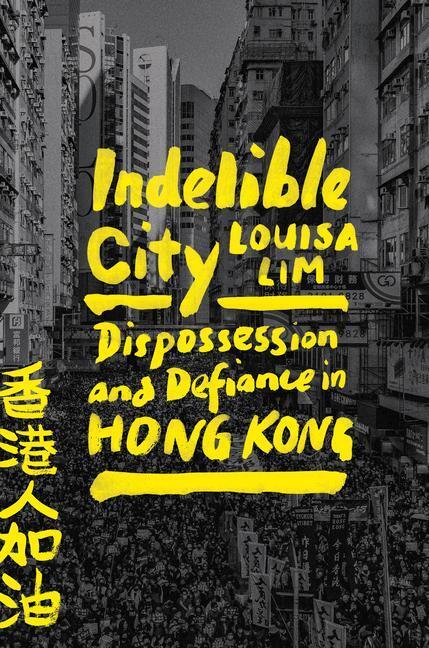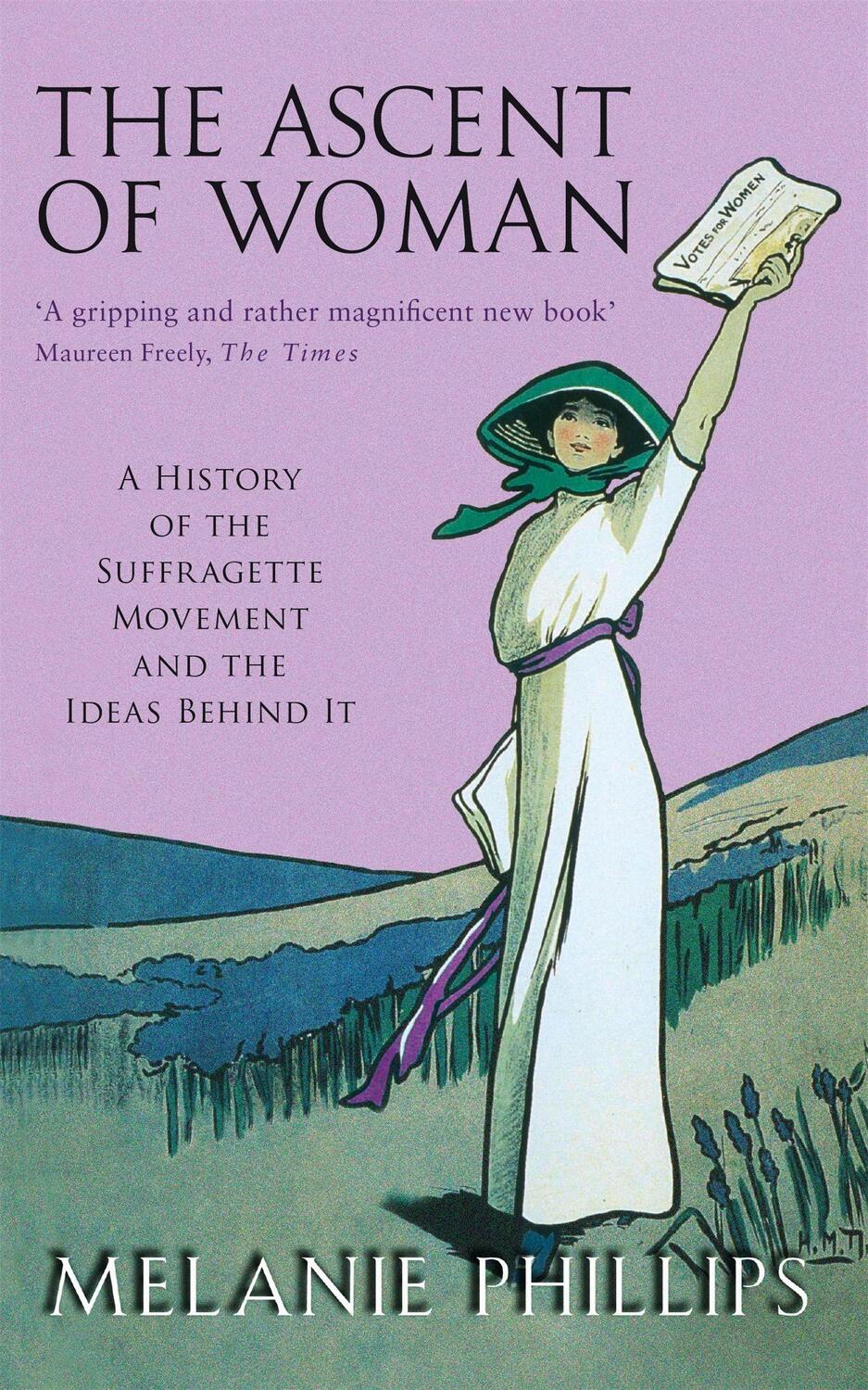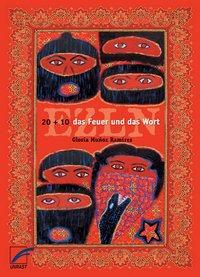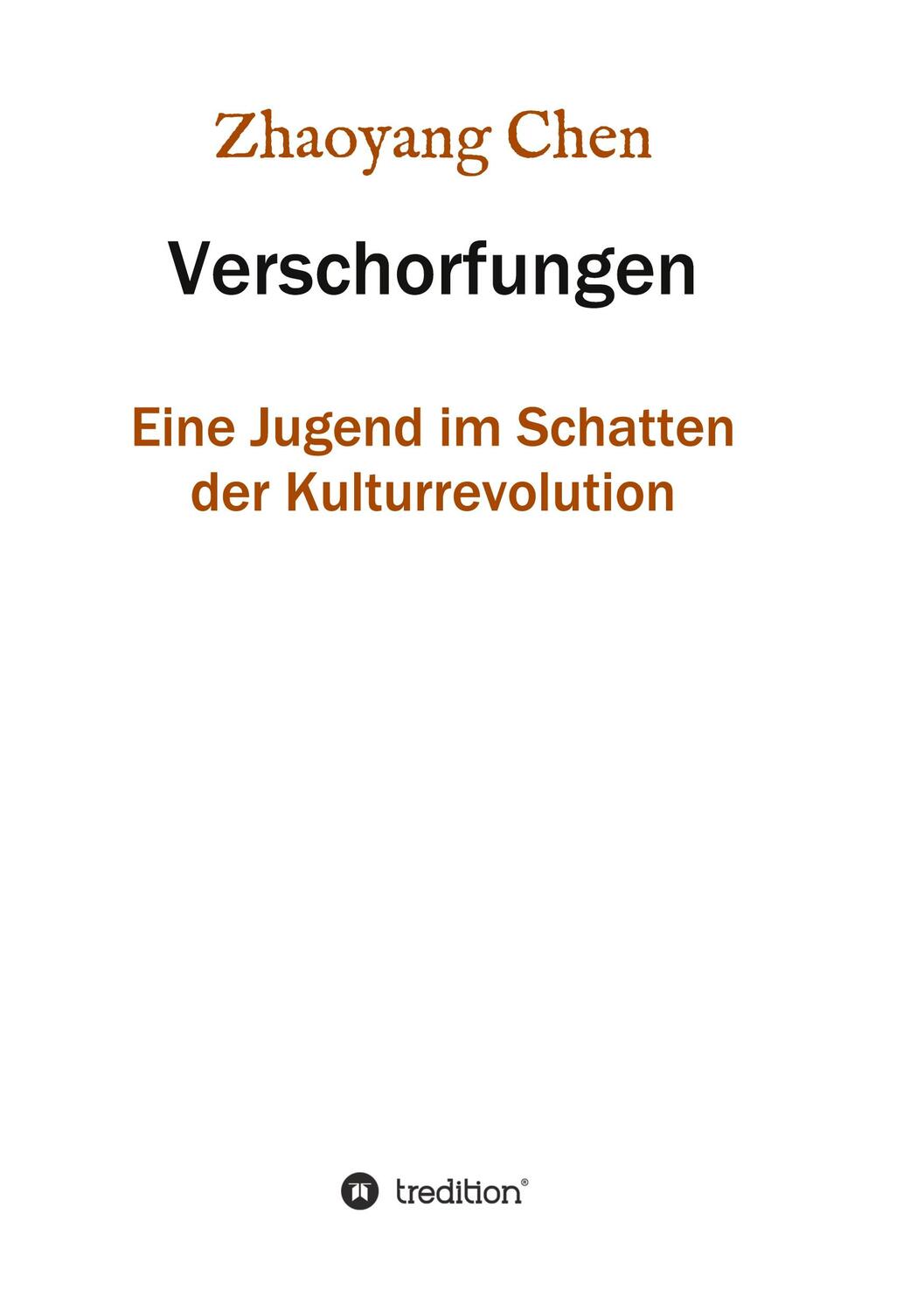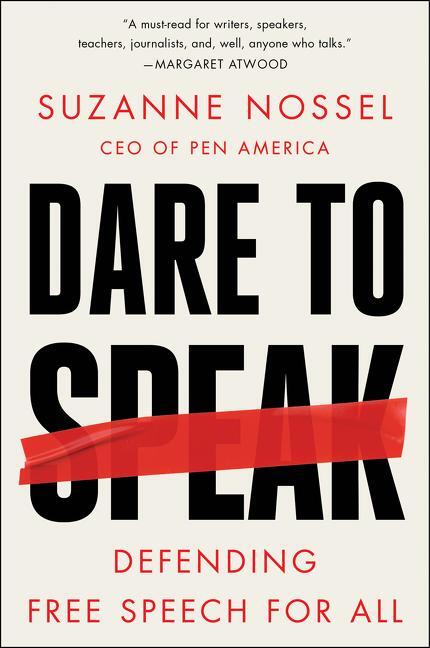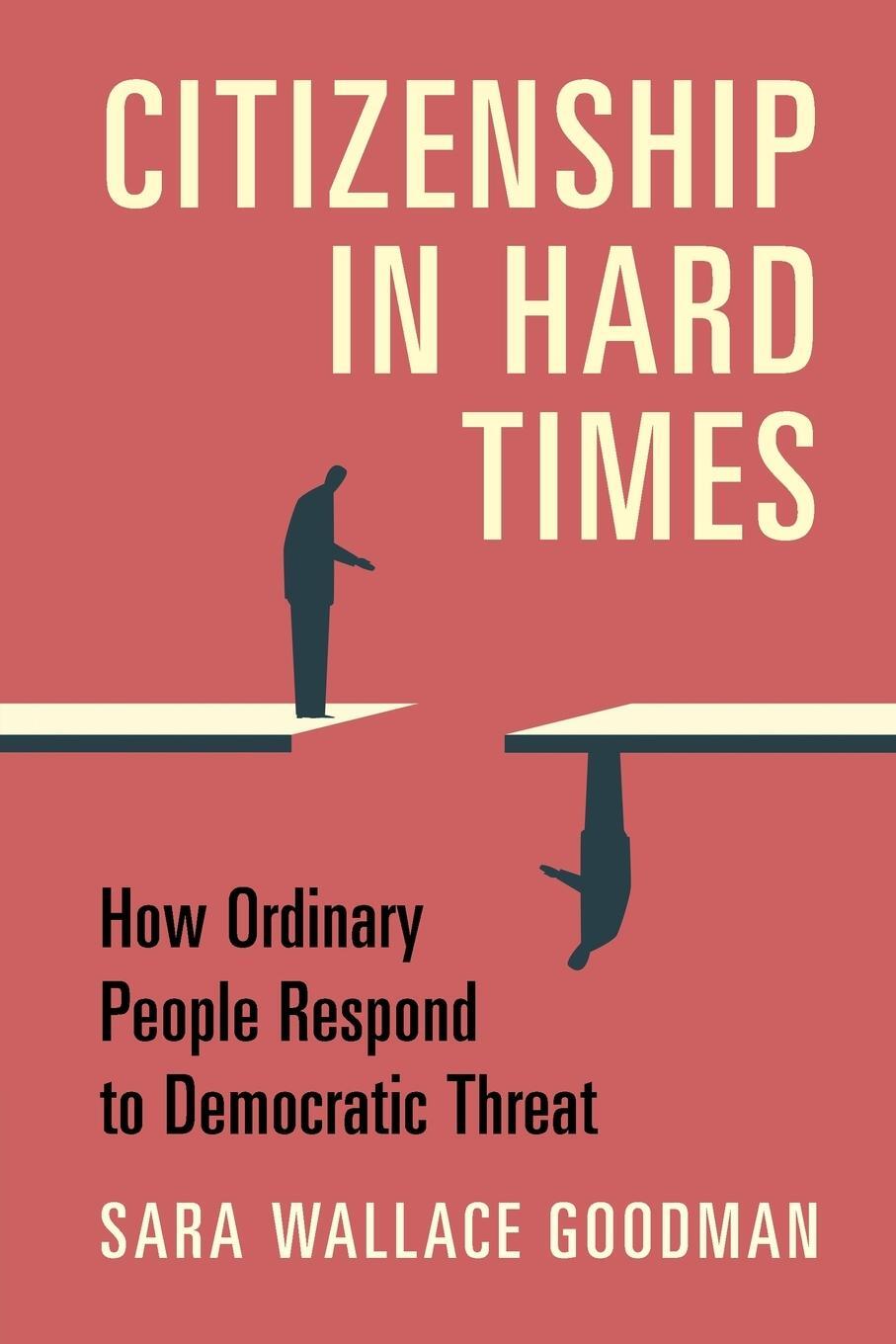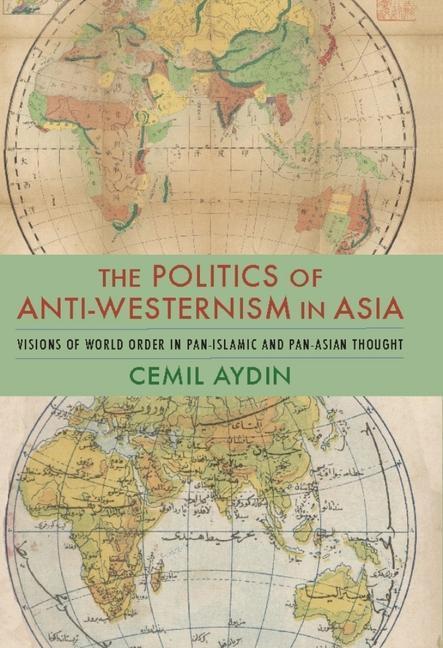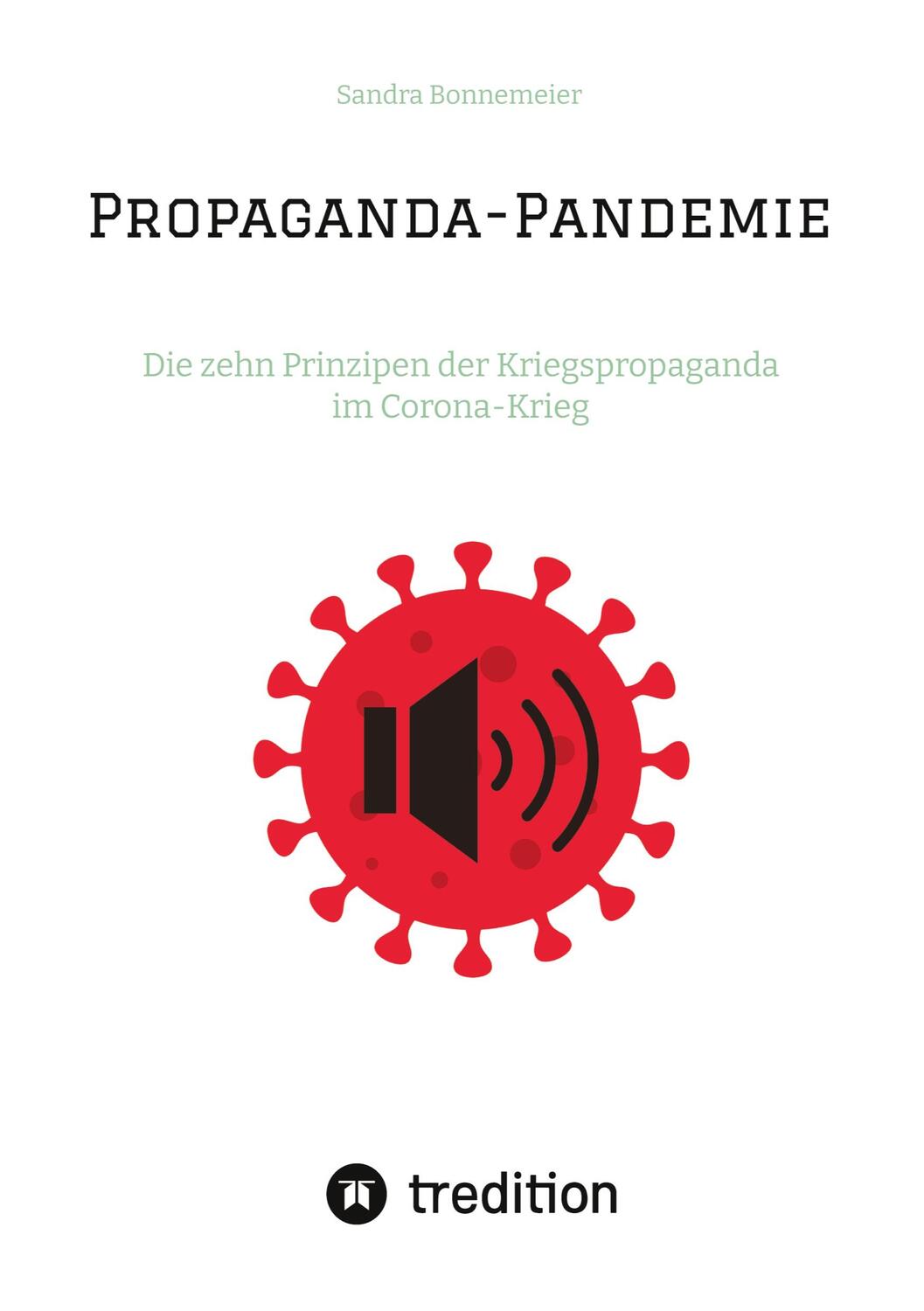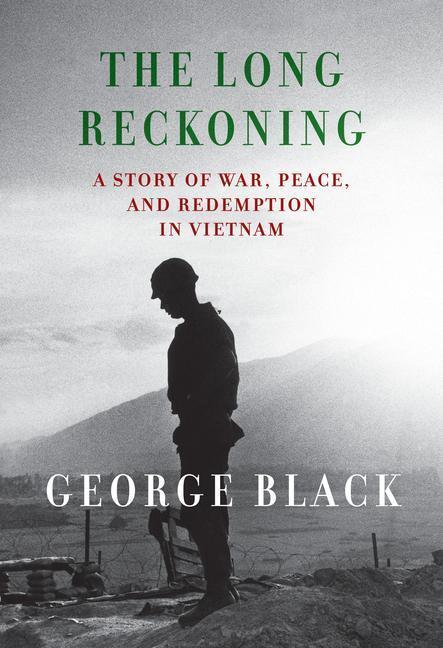36,20 €*
Versandkostenfrei per Post / DHL
Lieferzeit 1-2 Wochen
Words
It was during Hong Kong's steamy, explosive summer of 2019 that walls became weapons. Millions of people marched through the streets to protest against the extradition law they feared would mark the end of the territory's way of life. Armed with Sharpies and Post-it Notes, they feathered the walls with sorbet-colored declarations in black Chinese characters: We love Hong Kong! We are Hong Kong! Hong Kong never give up! These were not only walls of discontent but also walls of community; over and over, the messages asserted a distinct Hong Kong identity, separate from China.
Soon the notes were proliferating across overhead walkways and through underground tunnels, on shop windows and street signs, railings and billboards, like a swarm released into the wild, to pollinate and colonize the city. They evolved into pavement mosaics made up of scores of A4 photocopies glued end to end across the sidewalk near the government headquarters. Pedestrian walkways and underpasses quickly became impromptu galleries of dissent, with anonymous heartfelt pleas jostling for space. Often they were strategically placed. A black-and-white carpet of pictures of Chinese president Xi Jinping forced commuters to stomp on his face. Black-clad teams were deployed to paper footpaths at jogging speed, for kilometers at a time. Their assembly-line efficiency was mesmerizing to behold: an advance crew ran ahead, spraying glue, followed by a second string who threw down posters in a checkerboard pattern, black backgrounds alternating with white as they cantered past, and bringing up the rear, a final crew who used long umbrellas to tamp the posters down onto the glue as they ran. Go, Hong Kong! Some people move on, BUT NOT US. Soon the black-clad protestors had graduated to graffiti slogans spray-painted straight onto roads, highway dividers, and tram shelters. Fuck the police. Chinazi. If we burn, you fucking burn with us. Public surfaces became anonymous repositories for people's deepest and most dangerous sentiments.
The protests sprang out of the massive opposition to proposed changes to Hong Kong's extradition laws that would permit the rendition of alleged criminal suspects to China. This would put anyone, no matter their nationality, in danger of having to stand trial under a Communist Party-led legal system rife with abuse and with no presumption of innocence. The new extradition legislation would forcefully undermine the most basic tenets of Hong Kong's cherished status quo. It would endanger the city's judicial independence, its rule of law, and its status as a political refuge, the very things to which Hong Kong attributed its success. The British had not endowed their subjects with full citizenship, the right of abode in Britain, or universal suffrage, but they had inculcated them with civic values, including an almost religious respect for freedom, democracy, and human rights. And Hong Kongers were not going down without a fight.
I was transfixed by this movement building in front of my eyes, and especially by the explosion of subversive Chinese characters running riot across public space, repurposing the city into an evolving, open-air gallery of populist ideas. These displays were called Lennon Walls, after a wall in Prague that had been painted with countercultural, anti-establishment graffiti beginning in the 1980s, shortly after John Lennon's death. Hong Kong's original Lennon Wall had been established in 2014, during the pro-democracy protests of the Umbrella Movement, when people began sticking Post-it Notes on a circular concrete staircase near the government headquarters. I'd visited that wall daily, and I started doing the same this time. But it wasn't long before the Post-it Notes had leaped off the walls to become Lennon Paths, Lennon Footbridges, and Lennon Pavements, and I could no longer keep up.
In China, the history of the written word dates back some 3,700 years. Some scholars even argue that Chinese script preceded the spoken language. The first instances were pictographs known as jiaguwen, or “oracle bone” inscriptions carved with a sharp instrument on tortoise shells or the shoulder blades of oxen, dating to the Shang dynasty, sixteen centuries BCE. The inscriptions concerned all sorts of matters of state-questions about when to plant crops or which days might be auspicious to hold ceremonies or to launch wars. The bones were heated until they cracked, and oracles would divine the answers from the pattern of the cracks. So, from the moment of its inception, the written Chinese word was rooted in political and spiritual authority. Indeed, the original ideogram used for “written character” zi is composed of two elements, “child” in a “building,” which together literally mean “new baby in the house.” Thus the original meaning of was “to birth” or “to deliver” or “to bring into the world,” but that changed over time into “to raise,” “to love,” “to educate,” “to govern,” and “to administer.” To borrow from the late, great sinologist Simon Leys, in the Chinese beginning, there was the word, and the word was word.
In traditional Chinese culture, calligraphy is both the apogee of all art forms and a tool of power. Whereas public squares in Europe are filled with statues of famous people, similar spaces in China contain stelas, or stone slabs, engraved with calligraphy. This holds true in Communist China, too, where the unorthodox rightward-slanting characters of Chairman Mao Zedong still adorn newspaper mastheads and building signs. China's current president, Xi Jinping, has adopted a Mao-style signature, as if appropriating Mao's penmanship might also arrogate some of the Master Calligrapher-Poet's powers. The quality of emperors' brushwork showcased their erudition, aesthetic sensibilities, and poetic capabilities, while giving hints of their leadership style. The appreciation of calligraphy is an art form in itself, since true aficionados do not simply read the text but rather mentally replay the brush's fleeting dance across the page in an act that Leys described as "an imaginative communion with the dynamics of the brushwork."
But the King of Kowloon flew in the face of that tradition, with brushstrokes that screamed his illiteracy. They were everywhere in Hong Kong's public space when I was growing up-they spidered down lampposts and across walls, along curbs and flyovers, flickered at the edge of your vision as you hurtled past in a minibus. The King himself was a fixture of the landscape as well. Hopping on his crutches, with plastic bags swinging from the handles, his crab-like, bow-legged silhouette was so distinctive that, if people saw him in the distance, they would cross the road to avoid him. As he passed, parents would shield their kids' eyes from him and mutter, "Chi-sin a! Crazy!" He even became a playground taunt-"You're the King of Kowloon!" was leveled at the slow kids, the weird ones, the poor ones, the outcasts.
The details of Tsang's life are sketchy in the extreme, but it is known that he was born in Guangdong province, in Liantang village in Zhaoqing prefecture. He began school at the age of nine and dropped out two years later. At the age of sixteen, he crossed the border to Hong Kong and worked as a vegetable farmer near Choi Hung and Lion Rock. He was later employed as a laborer at a building-materials company, and then at a trash collection station. In 1956, he married Man Fuk-choi, who had been brought up in San Tin village in the New Territories, home to the Man clan that had settled Hong Kong in the Song dynasty. The couple had eight children, three of whom died in infancy.
No matter how much I asked, no one was able to give me a definitive version of the King's moment of epiphany. Some people said he had gone back to his ancestral village to add his wife's name to family records, and while he was there he had uncovered ancestral documents showing that the Kowloon peninsula had originally belonged to his clan and had been confiscated without compensation after the act of cession. But no one I spoke to had seen these documents. In fact, none had even been to his village. One of his self-appointed regents had attempted the journey but had failed to determine which was the correct Liantang village, among a number in the area.
Another story I heard was that Tsang had been hit by a car around the mid-1950s as he was walking past the Three Mountain Kings Temple in Ngau Chi Wan. When he opened his eyes after the accident, the first sight that flickered into his vision were the words 國 "country" and王 "king" emblazoned across the lantern outside the temple in thick square strokes. Those two characters became the anchors for the King's slabs of text, looming over all the others. Together in Chinese, they read,國王 "King of the Country," though he sometimes wrote國皇 "Emperor of the Country." He became known as the King of Kowloon in English, but in Chinese he was always the "Kowloon Emperor."
The King began writing in public around 1956, and he was initially viewed as a crank and a vandal. In the 1960s, he was said to have smashed the window of a post office with a rock, after which he was sent to the psychiatric ward of the notorious Castle Peak Hospital for eighteen months. On his release, he continued his graffiti campaign, daubing his anger across government property in thick black slashes. His sanity may have been in question, but his methods were highly contextual. "Emperors in China," he said, "have always been calligraphers." In 1970, he first appears in a local newspaper, which mentions his "imperial decrees" across public space. It describes him as living in a small wooden shack on a hillside, which he called his "palace." Outside was a wooden noticeboard inscribed with four characters: 國泰民安 "The country is prosperous and its people live in safety." At some point in the 1980s, he...
Words
It was during Hong Kong's steamy, explosive summer of 2019 that walls became weapons. Millions of people marched through the streets to protest against the extradition law they feared would mark the end of the territory's way of life. Armed with Sharpies and Post-it Notes, they feathered the walls with sorbet-colored declarations in black Chinese characters: We love Hong Kong! We are Hong Kong! Hong Kong never give up! These were not only walls of discontent but also walls of community; over and over, the messages asserted a distinct Hong Kong identity, separate from China.
Soon the notes were proliferating across overhead walkways and through underground tunnels, on shop windows and street signs, railings and billboards, like a swarm released into the wild, to pollinate and colonize the city. They evolved into pavement mosaics made up of scores of A4 photocopies glued end to end across the sidewalk near the government headquarters. Pedestrian walkways and underpasses quickly became impromptu galleries of dissent, with anonymous heartfelt pleas jostling for space. Often they were strategically placed. A black-and-white carpet of pictures of Chinese president Xi Jinping forced commuters to stomp on his face. Black-clad teams were deployed to paper footpaths at jogging speed, for kilometers at a time. Their assembly-line efficiency was mesmerizing to behold: an advance crew ran ahead, spraying glue, followed by a second string who threw down posters in a checkerboard pattern, black backgrounds alternating with white as they cantered past, and bringing up the rear, a final crew who used long umbrellas to tamp the posters down onto the glue as they ran. Go, Hong Kong! Some people move on, BUT NOT US. Soon the black-clad protestors had graduated to graffiti slogans spray-painted straight onto roads, highway dividers, and tram shelters. Fuck the police. Chinazi. If we burn, you fucking burn with us. Public surfaces became anonymous repositories for people's deepest and most dangerous sentiments.
The protests sprang out of the massive opposition to proposed changes to Hong Kong's extradition laws that would permit the rendition of alleged criminal suspects to China. This would put anyone, no matter their nationality, in danger of having to stand trial under a Communist Party-led legal system rife with abuse and with no presumption of innocence. The new extradition legislation would forcefully undermine the most basic tenets of Hong Kong's cherished status quo. It would endanger the city's judicial independence, its rule of law, and its status as a political refuge, the very things to which Hong Kong attributed its success. The British had not endowed their subjects with full citizenship, the right of abode in Britain, or universal suffrage, but they had inculcated them with civic values, including an almost religious respect for freedom, democracy, and human rights. And Hong Kongers were not going down without a fight.
I was transfixed by this movement building in front of my eyes, and especially by the explosion of subversive Chinese characters running riot across public space, repurposing the city into an evolving, open-air gallery of populist ideas. These displays were called Lennon Walls, after a wall in Prague that had been painted with countercultural, anti-establishment graffiti beginning in the 1980s, shortly after John Lennon's death. Hong Kong's original Lennon Wall had been established in 2014, during the pro-democracy protests of the Umbrella Movement, when people began sticking Post-it Notes on a circular concrete staircase near the government headquarters. I'd visited that wall daily, and I started doing the same this time. But it wasn't long before the Post-it Notes had leaped off the walls to become Lennon Paths, Lennon Footbridges, and Lennon Pavements, and I could no longer keep up.
In China, the history of the written word dates back some 3,700 years. Some scholars even argue that Chinese script preceded the spoken language. The first instances were pictographs known as jiaguwen, or “oracle bone” inscriptions carved with a sharp instrument on tortoise shells or the shoulder blades of oxen, dating to the Shang dynasty, sixteen centuries BCE. The inscriptions concerned all sorts of matters of state-questions about when to plant crops or which days might be auspicious to hold ceremonies or to launch wars. The bones were heated until they cracked, and oracles would divine the answers from the pattern of the cracks. So, from the moment of its inception, the written Chinese word was rooted in political and spiritual authority. Indeed, the original ideogram used for “written character” zi is composed of two elements, “child” in a “building,” which together literally mean “new baby in the house.” Thus the original meaning of was “to birth” or “to deliver” or “to bring into the world,” but that changed over time into “to raise,” “to love,” “to educate,” “to govern,” and “to administer.” To borrow from the late, great sinologist Simon Leys, in the Chinese beginning, there was the word, and the word was word.
In traditional Chinese culture, calligraphy is both the apogee of all art forms and a tool of power. Whereas public squares in Europe are filled with statues of famous people, similar spaces in China contain stelas, or stone slabs, engraved with calligraphy. This holds true in Communist China, too, where the unorthodox rightward-slanting characters of Chairman Mao Zedong still adorn newspaper mastheads and building signs. China's current president, Xi Jinping, has adopted a Mao-style signature, as if appropriating Mao's penmanship might also arrogate some of the Master Calligrapher-Poet's powers. The quality of emperors' brushwork showcased their erudition, aesthetic sensibilities, and poetic capabilities, while giving hints of their leadership style. The appreciation of calligraphy is an art form in itself, since true aficionados do not simply read the text but rather mentally replay the brush's fleeting dance across the page in an act that Leys described as "an imaginative communion with the dynamics of the brushwork."
But the King of Kowloon flew in the face of that tradition, with brushstrokes that screamed his illiteracy. They were everywhere in Hong Kong's public space when I was growing up-they spidered down lampposts and across walls, along curbs and flyovers, flickered at the edge of your vision as you hurtled past in a minibus. The King himself was a fixture of the landscape as well. Hopping on his crutches, with plastic bags swinging from the handles, his crab-like, bow-legged silhouette was so distinctive that, if people saw him in the distance, they would cross the road to avoid him. As he passed, parents would shield their kids' eyes from him and mutter, "Chi-sin a! Crazy!" He even became a playground taunt-"You're the King of Kowloon!" was leveled at the slow kids, the weird ones, the poor ones, the outcasts.
The details of Tsang's life are sketchy in the extreme, but it is known that he was born in Guangdong province, in Liantang village in Zhaoqing prefecture. He began school at the age of nine and dropped out two years later. At the age of sixteen, he crossed the border to Hong Kong and worked as a vegetable farmer near Choi Hung and Lion Rock. He was later employed as a laborer at a building-materials company, and then at a trash collection station. In 1956, he married Man Fuk-choi, who had been brought up in San Tin village in the New Territories, home to the Man clan that had settled Hong Kong in the Song dynasty. The couple had eight children, three of whom died in infancy.
No matter how much I asked, no one was able to give me a definitive version of the King's moment of epiphany. Some people said he had gone back to his ancestral village to add his wife's name to family records, and while he was there he had uncovered ancestral documents showing that the Kowloon peninsula had originally belonged to his clan and had been confiscated without compensation after the act of cession. But no one I spoke to had seen these documents. In fact, none had even been to his village. One of his self-appointed regents had attempted the journey but had failed to determine which was the correct Liantang village, among a number in the area.
Another story I heard was that Tsang had been hit by a car around the mid-1950s as he was walking past the Three Mountain Kings Temple in Ngau Chi Wan. When he opened his eyes after the accident, the first sight that flickered into his vision were the words 國 "country" and王 "king" emblazoned across the lantern outside the temple in thick square strokes. Those two characters became the anchors for the King's slabs of text, looming over all the others. Together in Chinese, they read,國王 "King of the Country," though he sometimes wrote國皇 "Emperor of the Country." He became known as the King of Kowloon in English, but in Chinese he was always the "Kowloon Emperor."
The King began writing in public around 1956, and he was initially viewed as a crank and a vandal. In the 1960s, he was said to have smashed the window of a post office with a rock, after which he was sent to the psychiatric ward of the notorious Castle Peak Hospital for eighteen months. On his release, he continued his graffiti campaign, daubing his anger across government property in thick black slashes. His sanity may have been in question, but his methods were highly contextual. "Emperors in China," he said, "have always been calligraphers." In 1970, he first appears in a local newspaper, which mentions his "imperial decrees" across public space. It describes him as living in a small wooden shack on a hillside, which he called his "palace." Outside was a wooden noticeboard inscribed with four characters: 國泰民安 "The country is prosperous and its people live in safety." At some point in the 1980s, he...
| Erscheinungsjahr: | 2022 |
|---|---|
| Medium: | Buch |
| Seiten: | 320 |
| Inhalt: | Einband - fest (Hardcover) |
| ISBN-13: | 9780593191811 |
| ISBN-10: | 0593191811 |
| Sprache: | Englisch |
| Einband: | Gebunden |
| Autor: | Louisa Lim |
| Hersteller: | Penguin Publishing Group |
| Maße: | 240 x 160 x 30 mm |
| Von/Mit: | Louisa Lim |
| Erscheinungsdatum: | 19.04.2022 |
| Gewicht: | 0,516 kg |
| Erscheinungsjahr: | 2022 |
|---|---|
| Medium: | Buch |
| Seiten: | 320 |
| Inhalt: | Einband - fest (Hardcover) |
| ISBN-13: | 9780593191811 |
| ISBN-10: | 0593191811 |
| Sprache: | Englisch |
| Einband: | Gebunden |
| Autor: | Louisa Lim |
| Hersteller: | Penguin Publishing Group |
| Maße: | 240 x 160 x 30 mm |
| Von/Mit: | Louisa Lim |
| Erscheinungsdatum: | 19.04.2022 |
| Gewicht: | 0,516 kg |

